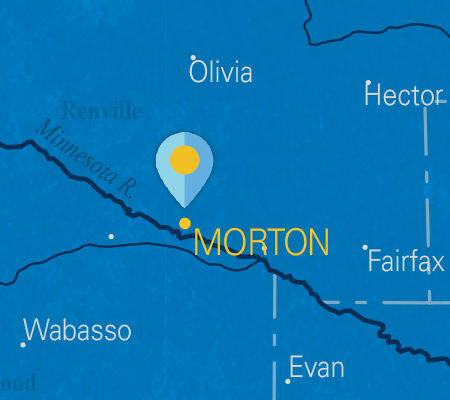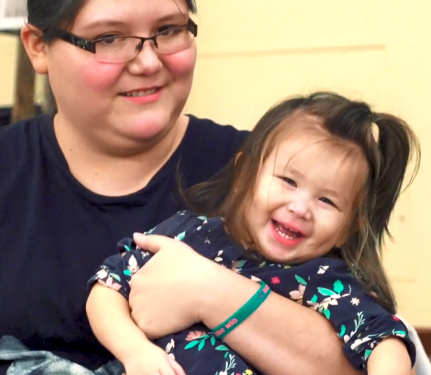
Tribal NEAR Science & Community Wisdom Project Helps Lower Sioux Heal
Adverse Childhood Experiences (ACEs) are linked to chronic health problems, mental illness and other issues in adulthood. ACEs can also negatively impact education and job opportunities.

Members of the Lower Sioux Indian Community in Morton, Minnesota, recently learned about the effects of ACEs, or Adverse Childhood Experiences.
ACEs are potentially traumatic events that occur in childhood. They can include growing up in a household with physical, mental or emotional abuse, substance abuse, mental health problems, divorce, suicide or a family member being incarcerated. These are things that undermine the child’s sense of safety, stability and bonding. Historical and intergenerational trauma, such as genocide and the forcible removal of American Indians from their lands, are also recognized ACEs.
“You can get a score from 0 to 10 and the higher your score, the more likely you are to use chemicals, tobacco and other substances, but also to develop heart disease, early onset diabetes, lung disease and depression or anxiety,” explains Becky Dale, Chief Program Officer at Minnesota Communities Caring for Children. “However, ACEs are not destiny; many people with high ACE scores do not have these health and social outcomes; core protective systems buffer against the effects of ACEs ‒ that’s one place where communities can make a big difference.”
ACEs can also be prevented. And that’s where Minnesota Communities Caring for Children (MCCC) comes in.
MCCC is working in partnership with the Center for Prevention at Blue Cross and Blue Shield of Minnesota to increase awareness of ACEs in American Indian communities. The partnership’s ultimate goal is to engage community members in building resilience strategies to address the intergenerational transmission of ACEs and related health impacts.
They worked to educate the Lower Sioux Indian Community about ACEs, and now the Lower Sioux are sharing that knowledge to build a healthier community and work to lower future ACE scores among their children.
“Our entire community is stepping up and trying to help each other heal. It feels good that we’re all working together as a family unit in this community to help each other,” says Kortni Bidinger, Healthy Generations Coordinator at Lower Sioux Indian Community.
“Once someone learns about ACEs, they begin to think about what has happened to them, rather than what’s wrong with them,” explains Chris Matter, Senior Program Manager for Blue Cross and Blue Shield of Minnesota’s Center for Prevention. “Then they can look at their community and think about what they’re going to do about it and how they’re going to change behavior patterns.”
Dale says the model is one of sharing information, and letting the community choose its own healing process.
“That’s what the Tribal Near Science and Community Wisdom Project is really at its core. It’s all about building self-healing communities,” says Linsey McMurrin, Director of Prevention Initiatives and Tribal Projects at MCCC.
For the Lower Sioux Indian Community, that includes connecting elders with the youth to preserve and use culture, including language, arts and indigenous traditions, as a means of prevention and healing.
“Things happen when we listen and build trusting relationships,” Matter explains. “That’s how this initiative began and what it continues to do. It has created a trusting space where community members, elders and staff from various tribal departments learn about ACEs and determine the best way to support resilience strategies identified by their communities.”
“I was proud to see our community rally behind this work,” says Arielle Aude, Children’s Mental Health Case Manager for the Lower Sioux. “Knowledge is power. We know what our challenges are and now we can begin to work on them.”
